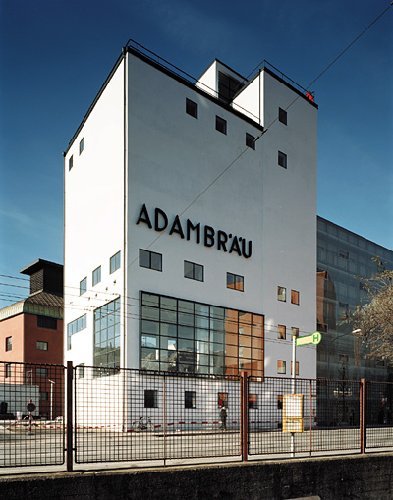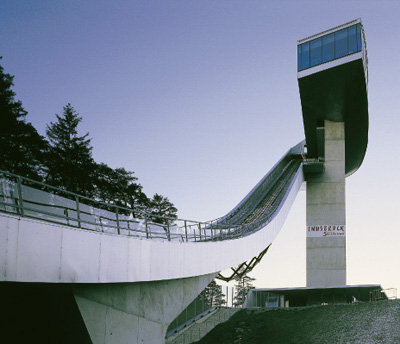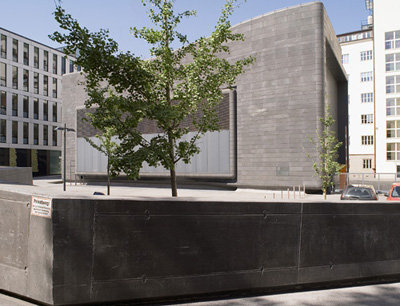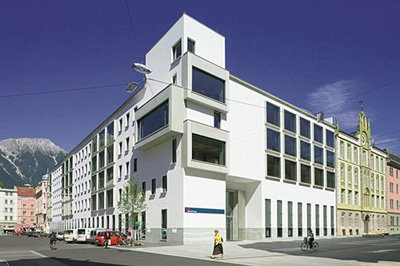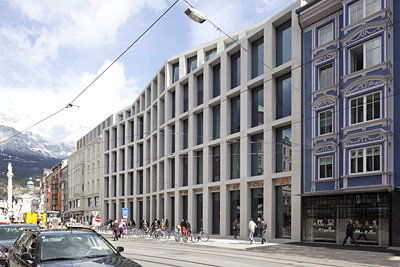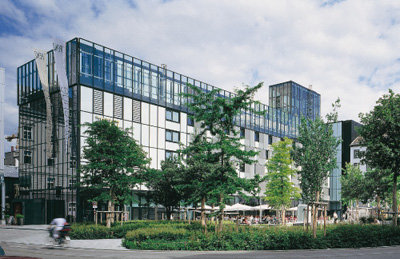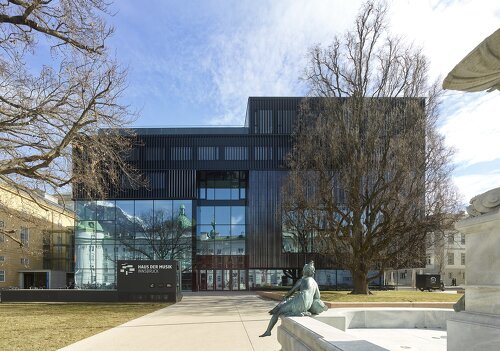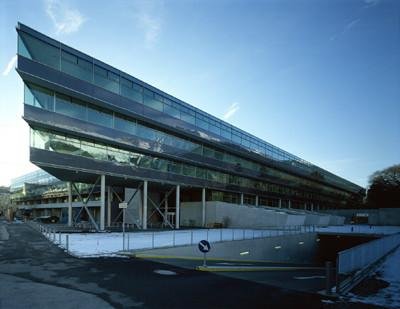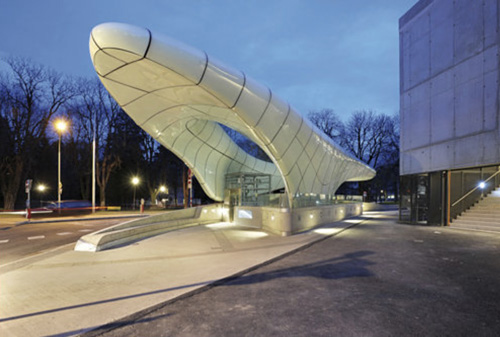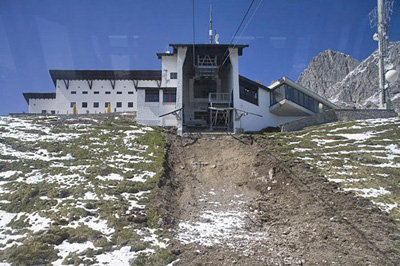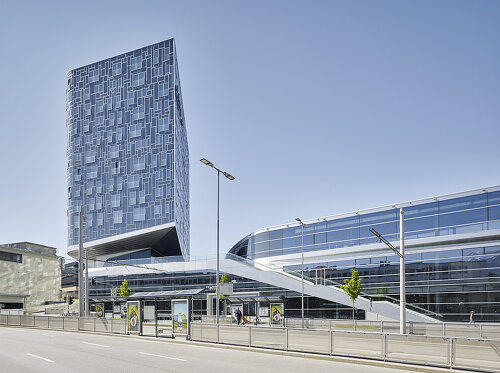Adambräu Brewery
Architecture: Rainer Köberl, Giner + Wucherer (2003-2004) Builder-owner: Stadt Innsbruck Open to the public: Tue-Fri 11 a.m.–6 p.m, Thu 11 a.m.–9 p.m., Sat 11 a.m.–5 p.m. (aut); by appointment only (University Architecture Archive) Accessibility: Close to the Central Station on Südbahnstraße, entrance from the courtyard in the back of the building
Tel. +43 (512) 57 15 67 (aut)
Tel. +43 (512) 507 33101 (Archiv für Baukunst)
This part of the former Adambräu brewery, a landmark industrial building of classical modernism by Lois Welzenbacher, came under the federal law on the protection of monuments when the brewery closed down. Most respectful, nearly invisible interventions turned the functionalist structure into what might be described as a pulsating machine to convey architecture. On the lower floors,aut. architektur und tirol continually proposes exhibitions and lectures on contemporary architecture, the upper floors are occupied by the University Architecture Archive.


